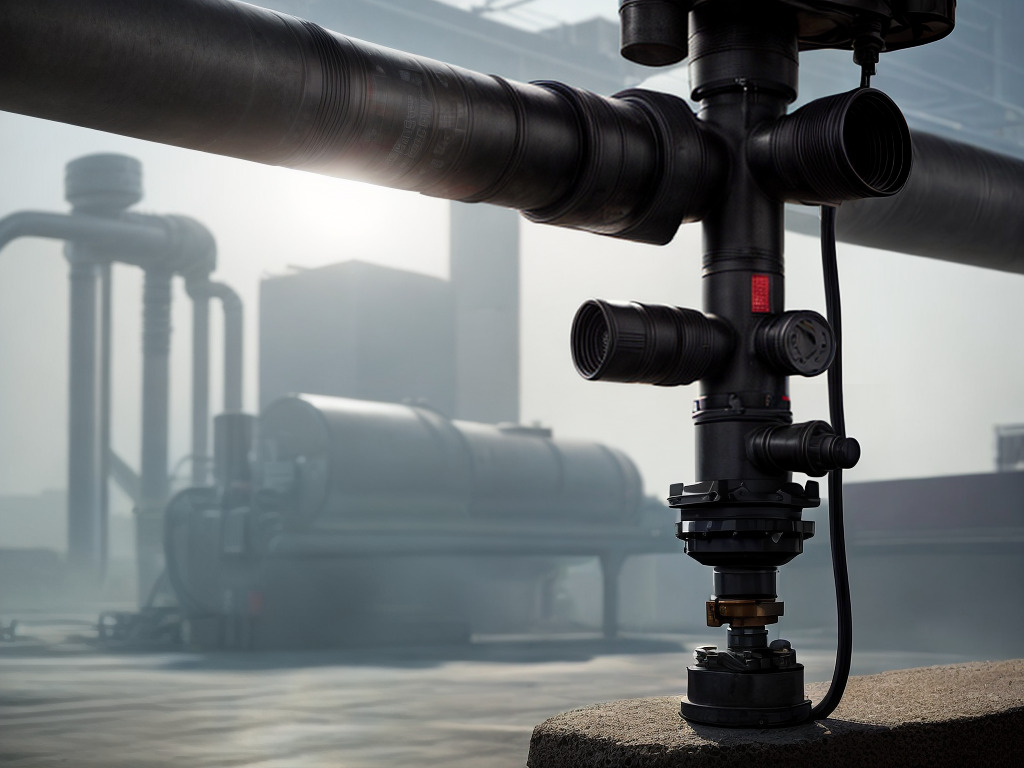
Did you know that a staggering 80% of pressure relief valve failures can be attributed to inadequate maintenance? It’s a startling statistic that highlights the critical importance of regular maintenance checks for these vital components. As a professional in the industry, I understand the technicalities and complexities involved in ensuring the proper functioning of pressure relief valves, and in this discussion, I will share key steps for inspecting these valves, common issues to look out for, as well as best practices for their maintenance. Stay tuned to discover how regular maintenance can prevent costly breakdowns and ensure the safety and efficiency of your systems.
Importance of Regular Maintenance Checks
Regular maintenance checks for pressure relief valves are vital to ensure their proper functioning and prevent potential equipment failures or safety hazards. Neglecting regular maintenance can lead to costly consequences and serious valve failures.
The cost of neglecting maintenance can be significant. Malfunctioning pressure relief valves can lead to equipment failures, resulting in expensive repairs or even replacement. The downtime caused by a failed valve can also lead to production delays, which can further impact the overall cost. Additionally, if a valve fails to relieve excess pressure, it can cause damage to other components in the system, leading to additional expenses.
The consequences of valve failure go beyond financial implications. Safety hazards can arise when pressure relief valves are not properly maintained. These valves play a critical role in preventing overpressure situations that could result in explosions or other dangerous incidents. Failing to conduct regular maintenance checks increases the risk of valve failure, jeopardizing the safety of personnel and the surrounding environment.
Regular maintenance checks should include inspecting the valve for any signs of wear or damage, ensuring proper calibration, and testing the valve’s response time. By detecting and addressing any issues early on, potential failures can be prevented, saving both time and money.
Key Steps for Inspecting Pressure Relief Valves
To properly inspect pressure relief valves and ensure their optimal performance, it is essential to conduct thorough maintenance checks. Regular inspections help identify any issues or signs of a faulty pressure relief valve, allowing for timely repairs or replacements. In this section, I will outline key steps for inspecting pressure relief valves and troubleshooting any problems that may arise.
When inspecting a pressure relief valve, it is important to follow a systematic approach. Here are the key steps to consider:
-
Visual Inspection: Start by visually inspecting the valve for any signs of damage, leakage, or corrosion. Look for any loose or worn-out parts that might affect the valve’s performance.
-
Functional Testing: Perform a functional test by manually lifting the valve to ensure it opens and closes smoothly. Listen for any abnormal noises or vibrations during operation.
-
Pressure Testing: Conduct a pressure test to verify if the valve is relieving the pressure as intended. Use a pressure gauge to measure the valve’s opening and closing pressures. Compare the readings with the manufacturer’s specifications.
-
Documentation: Keep a record of the inspection findings, including any repairs or adjustments made. This documentation will help track the valve’s performance over time and identify any recurring issues.
By following these steps, you can effectively troubleshoot and identify any problems with pressure relief valves. Remember, early detection of faults can prevent costly damages or accidents. If you notice any signs of a faulty pressure relief valve, such as inconsistent pressure relief or excessive leaking, it is crucial to address the issue promptly.
Now, let’s move on to the next section, where we will discuss the importance of regular maintenance checks for pressure relief valves.
Common Issues to Look Out For
One common issue to be mindful of when inspecting pressure relief valves is the presence of excessive corrosion. Corrosion can weaken the valve structure and compromise its effectiveness in relieving pressure. To identify corrosion, visually inspect the valve for any signs of rust or pitting on its surfaces. Pay close attention to areas where moisture or chemicals may have come into contact with the valve, as these are common causes of corrosion.
If corrosion is detected, it is important to take immediate action to address the issue. The first step is to clean the valve thoroughly, removing any rust or debris that may be present. This can be done using a wire brush or abrasive pad, taking care not to damage the valve surfaces. Once the valve is clean, a protective coating can be applied to prevent further corrosion.
In addition to corrosion, there are other common issues that may arise with pressure relief valves. These include leaks, improper valve settings, and blockages. Troubleshooting techniques can be used to identify and resolve these issues. For leaks, inspect the valve for any signs of fluid escaping. Check the valve settings to ensure they are within the recommended range for the system. If blockages are suspected, remove the valve and inspect the internal components for any obstructions.
It is important to be aware of the potential risks and hazards associated with pressure relief valves. Failure to properly maintain these valves can result in pressure buildup, leading to equipment failure, leaks, or even explosions. Regular inspections and maintenance checks are essential for ensuring the safe and reliable operation of pressure relief valves. By staying vigilant and addressing common issues promptly, the risk of accidents can be minimized, and the lifespan of the valves can be extended.
Servicing and Repairing Pressure Relief Valves
What are the key steps to servicing and repairing pressure relief valves? When it comes to servicing and repairing pressure relief valves, there are a few important steps to follow. First, you need to ensure that the valve is isolated and the system is depressurized before starting any work. This is crucial for your safety and the integrity of the valve. Next, inspect the valve for any signs of damage or wear, such as leaks, corrosion, or broken components. If any issues are found, it is important to determine the cause of the problem before proceeding with the repair. Once the cause is identified, you can begin the repair process. This may involve replacing damaged parts, reseating the valve, or adjusting the pressure settings. It is important to follow the manufacturer’s guidelines and use the appropriate tools and techniques for the specific valve being serviced. After the repair is complete, it is essential to test the valve to ensure it is functioning properly. This can be done by pressurizing the system and observing the valve’s performance. Troubleshooting tips can be helpful during this process, such as checking for leaks, unusual noises, or abnormal pressure fluctuations. Regular maintenance checks and proper servicing techniques are key to ensuring the reliable and efficient operation of pressure relief valves.
Best Practices for Maintaining Pressure Relief Valves
Regular maintenance checks and proper servicing techniques play a crucial role in ensuring the reliable and efficient operation of pressure relief valves. To maintain these valves at their optimal performance, it is important to follow best practices. Here are some preventive measures and troubleshooting techniques to consider:
-
Regular Inspections: Conduct routine inspections to identify any signs of wear and tear, leakage, or damage. This will help address potential issues before they escalate.
-
Cleaning and Lubrication: Keep the valve clean and free from debris or contaminants. Regularly lubricate moving parts to ensure smooth operation and prevent friction-induced damage.
-
Calibration: Periodically calibrate the pressure relief valve to ensure it is operating within the specified pressure range. This helps maintain accuracy and reliability.
-
Testing and Exercising: Test the valve regularly to verify its functionality and responsiveness. Exercise the valve by opening and closing it to prevent sticking or seizing due to prolonged inactivity.
-
Training and Education: Provide proper training to personnel responsible for maintaining pressure relief valves. This will ensure they understand the correct procedures and can identify potential problems.


